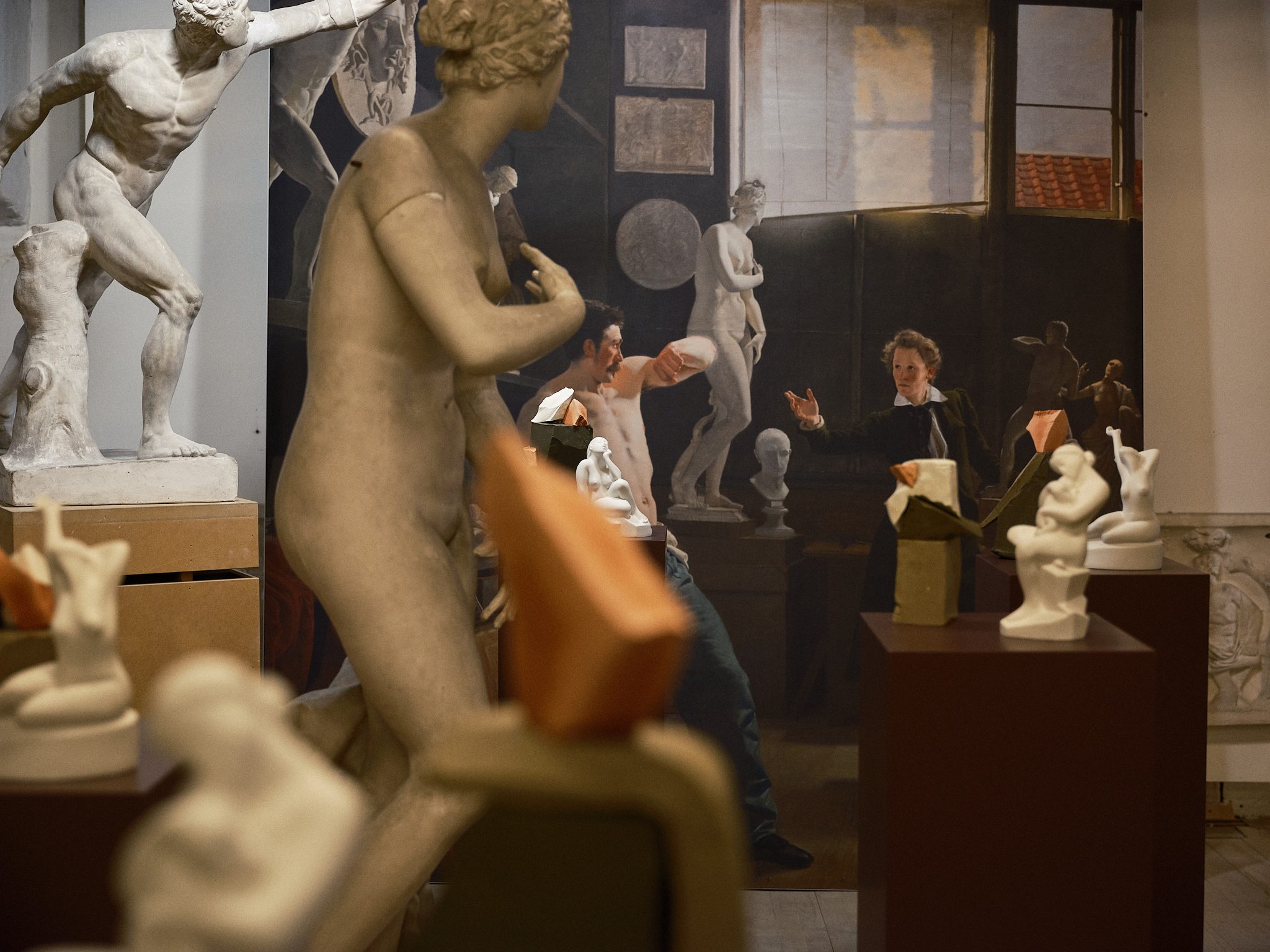
3 Days of Design 2023
Happy Creativity
One of the first ideas that come to mind when I think about the last— and 1oth, edition of 3 Days of Design (hereinafter 3DD), is that one of the key ingredients of its success is precisely its location. The Danish festival does not occupy a fair pavilion to visit, rather it is the city of Copenhagen that dresses up to honor and extol something so present in our lives as design.
The capital, whose population does not reach a million and a half inhabitants, is the perfect host for a festival that seeks to bring together big names and at the same time present new talent. Cozy, with dimensions that are more than manageable, surrounded by nature, with a strong port personality and a great aesthetic sensibility, it is the main stage. A bold way to integrate its neighbors into the event, and let the visitors enjoy a bite of a city that has been considered the happiest one in the world.
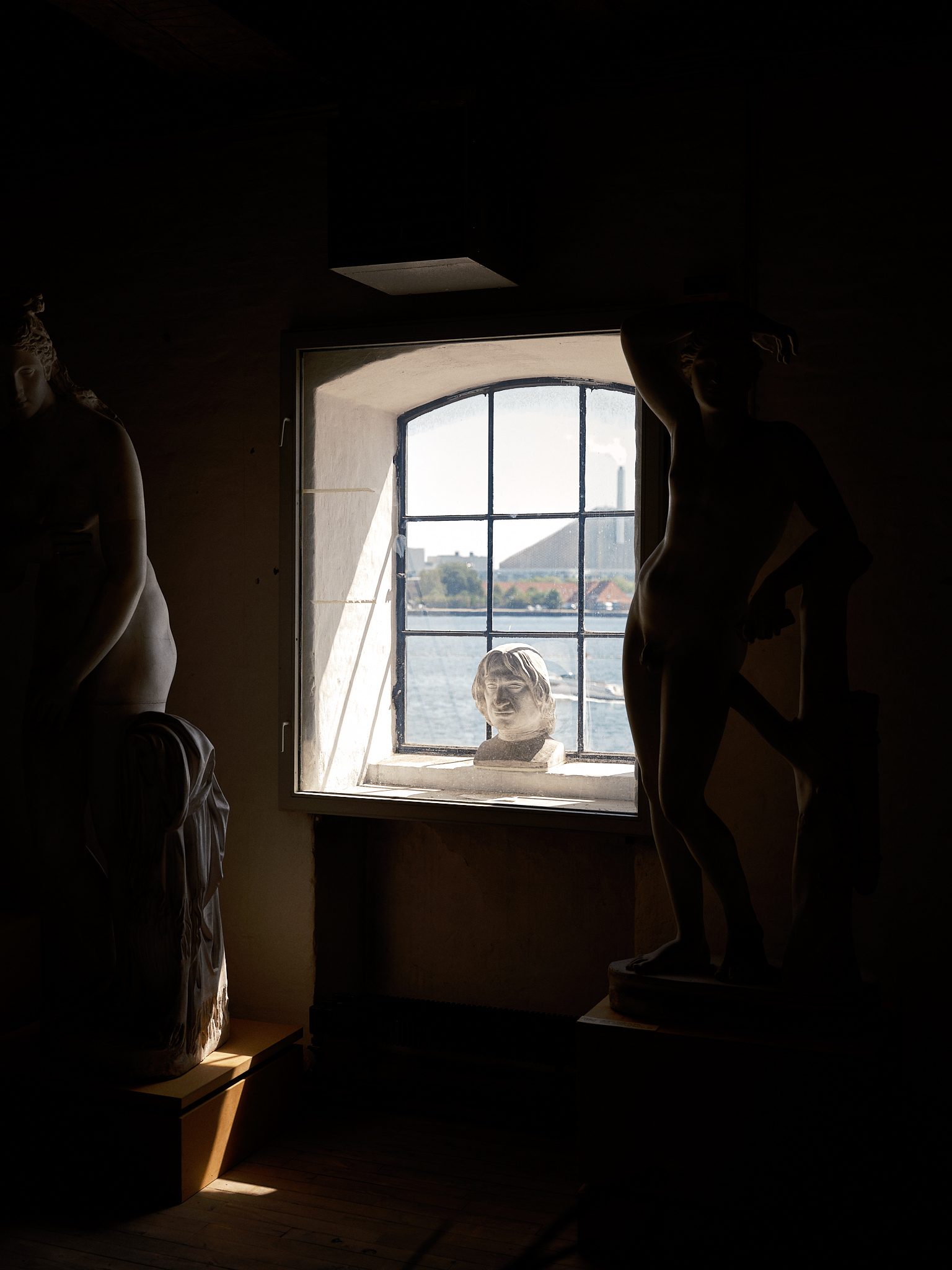 Den Kongelige Afstøbningssamling Museum
Den Kongelige Afstøbningssamling Museum 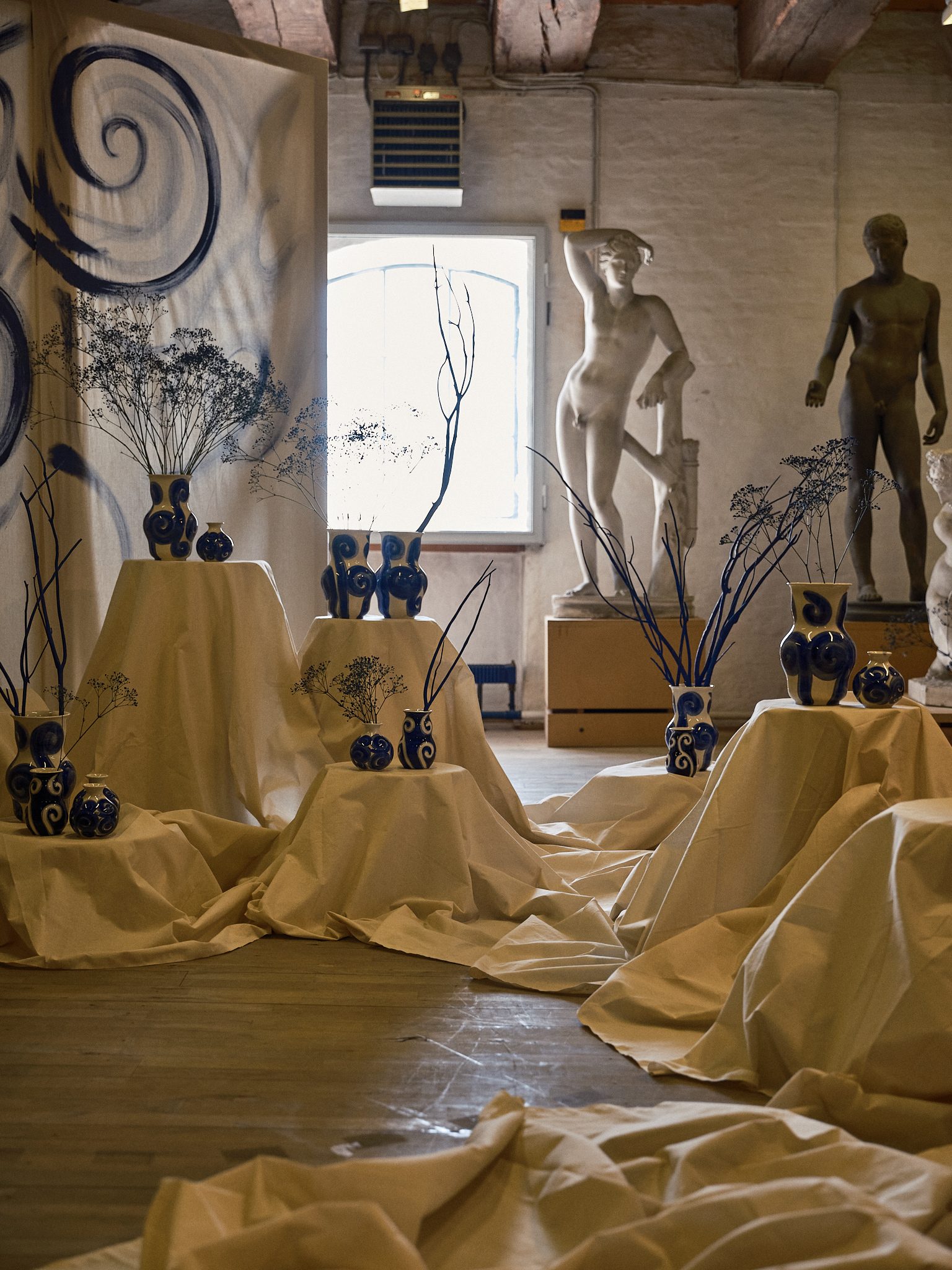 Den Kongelige Afstøbningssamling Museum
Den Kongelige Afstøbningssamling Museum 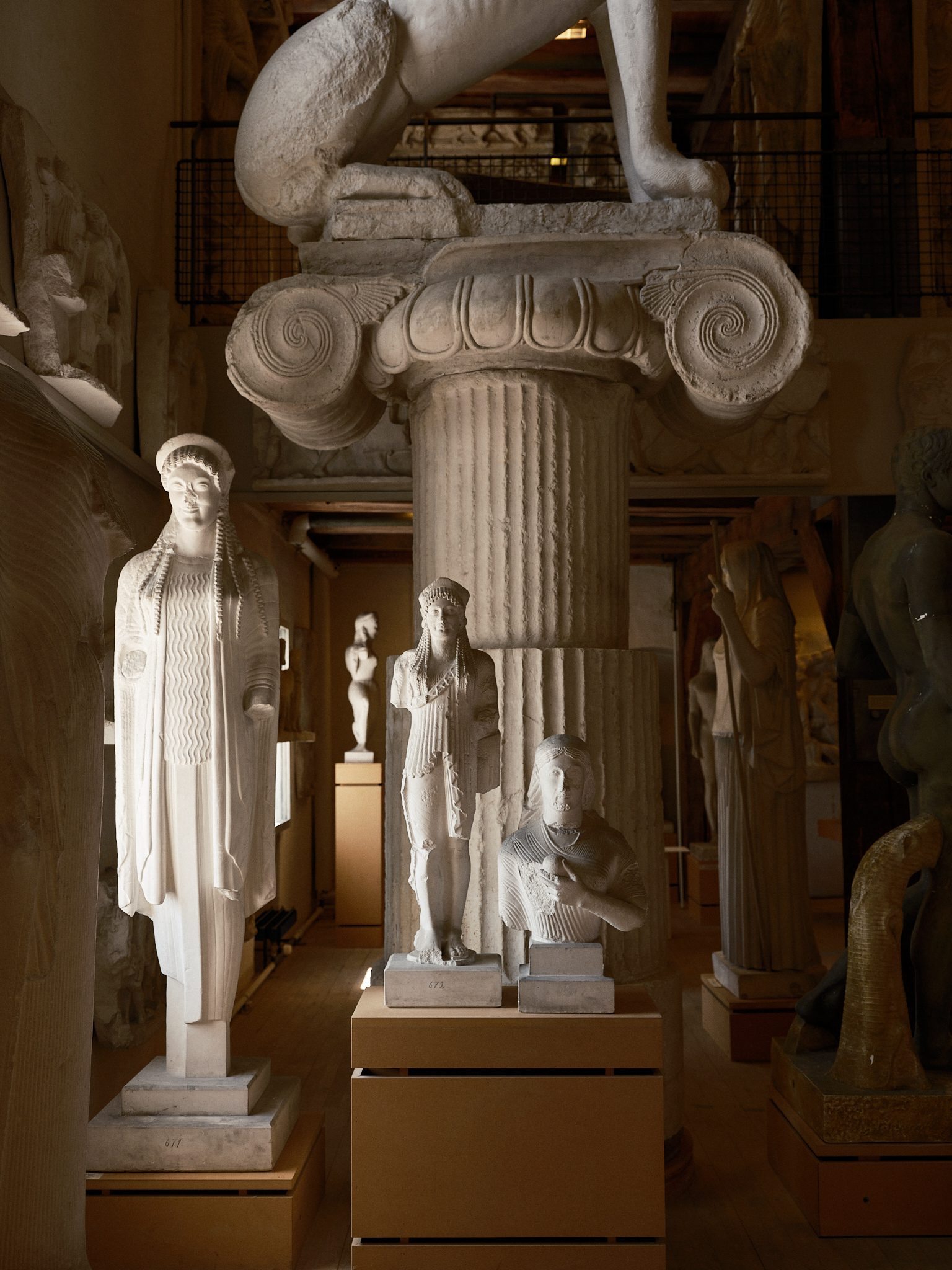 Den Kongelige Afstøbningssamling Museum
Den Kongelige Afstøbningssamling Museum Vipp is a good example of such happiness. Not surprisingly, the firm was born in 1939 from a love story when Holger Nielsen manufactured a resistant pedal-controlled container at the request of his wife for the living room of his house. A fixture in all Danish dental clinics over the next five decades, in 2009 it was added to the permanent design collection at MoMA in New York. Its current owner, Jette Egelund, the youngest daughter of the couple, born 11 years after the acclaimed piece existed, took over the reins of the company when her father died so that Vipp would not disappear with him. Today, with Jette and her children, Kasper and Sofie, at the helm, the brand not only has a wide range of products for the home, but Casa Vipp has been born, a series of accommodation-refuges where you can rest in the warmth of its designs all over the world.
 Vipp
Vipp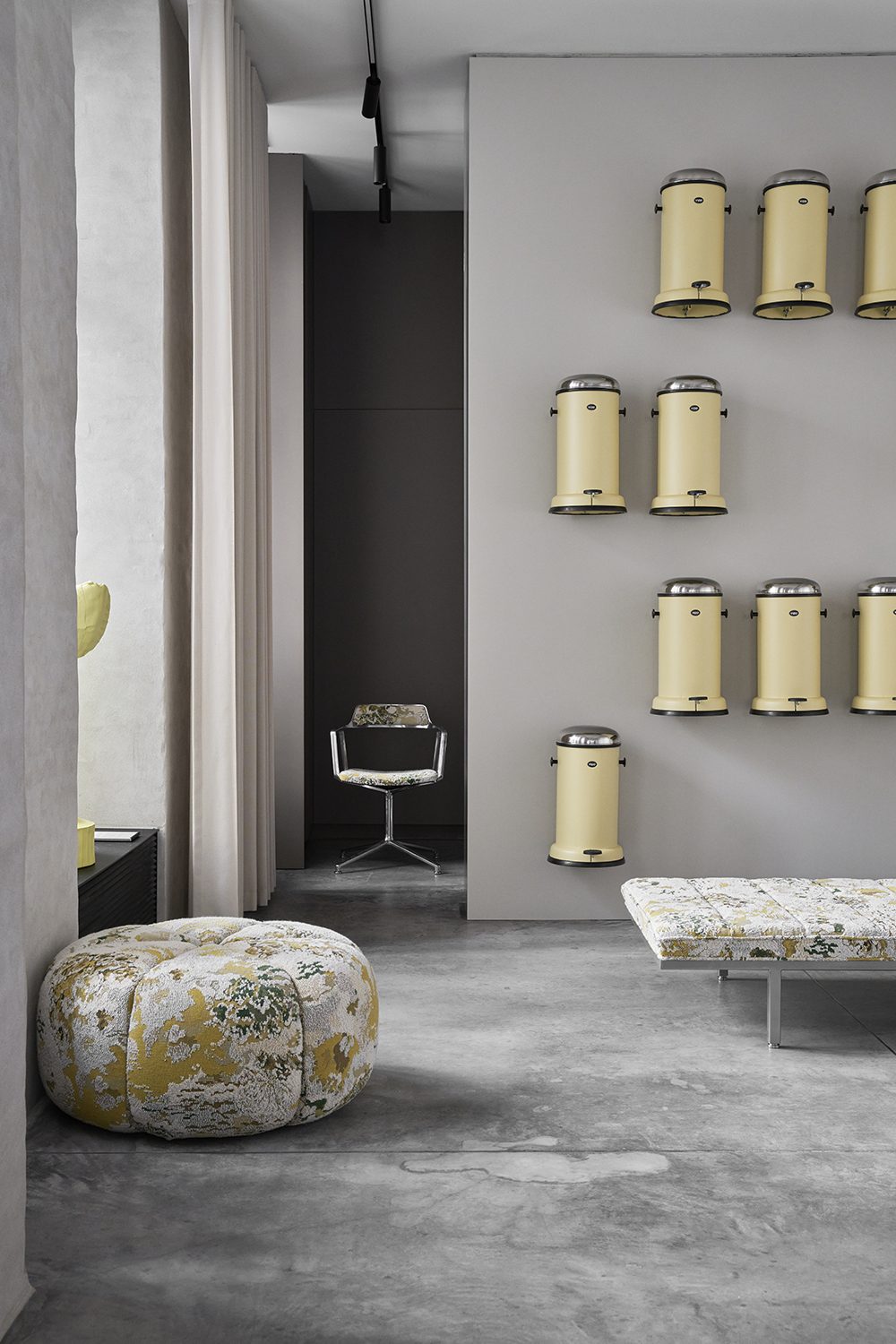 Vipp
VippThere are many companies that emerged from artisan hands in the beginning of the 20th Century that today stand as large international and referral companies. PP Møbler and Carl Hansen & Søn are two paradigmatic icons of the Danish tradition and school formed from this know-how.
 Carl Hansen & Søn
Carl Hansen & Søn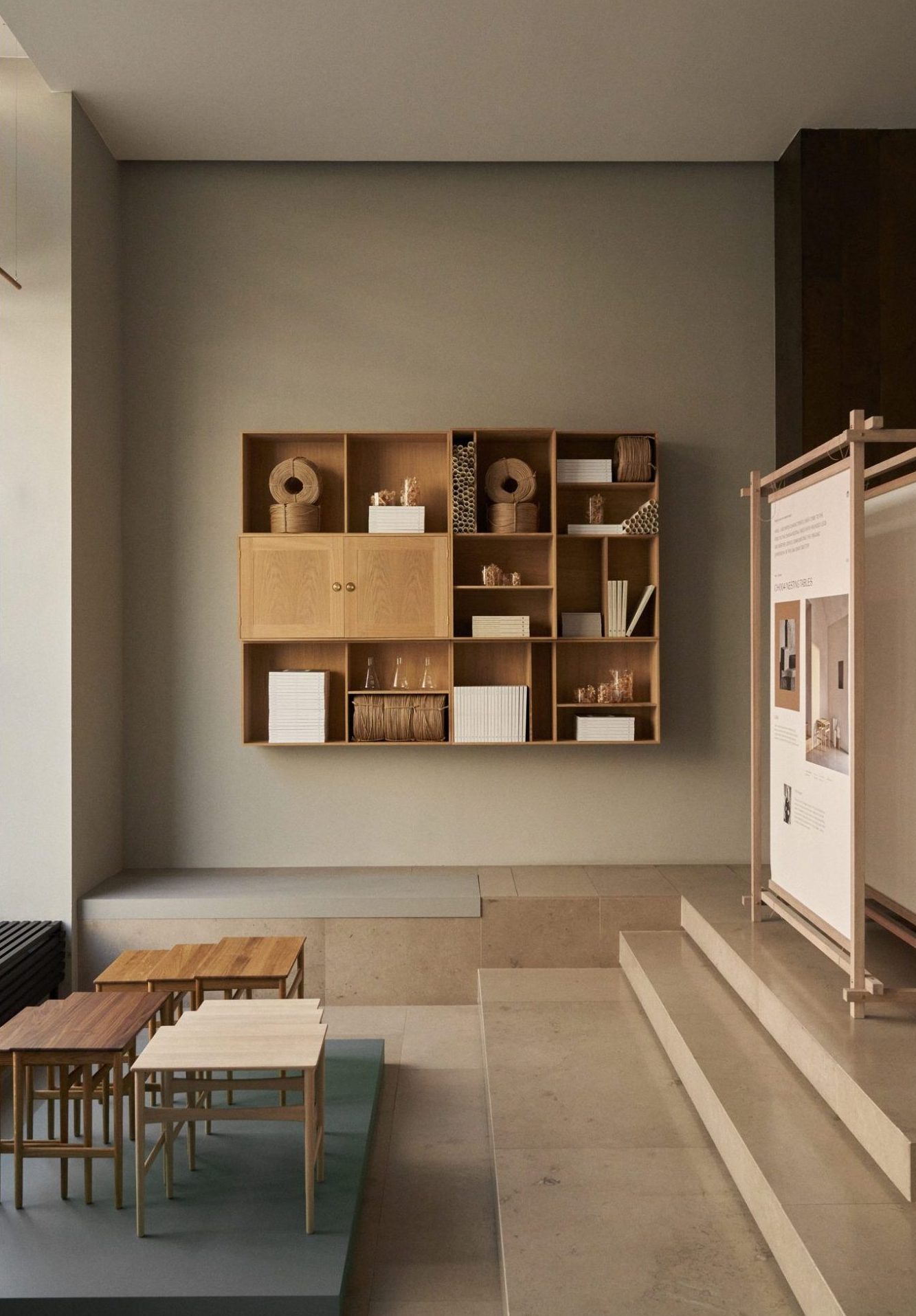 Carl Hansen & Søn
Carl Hansen & Søn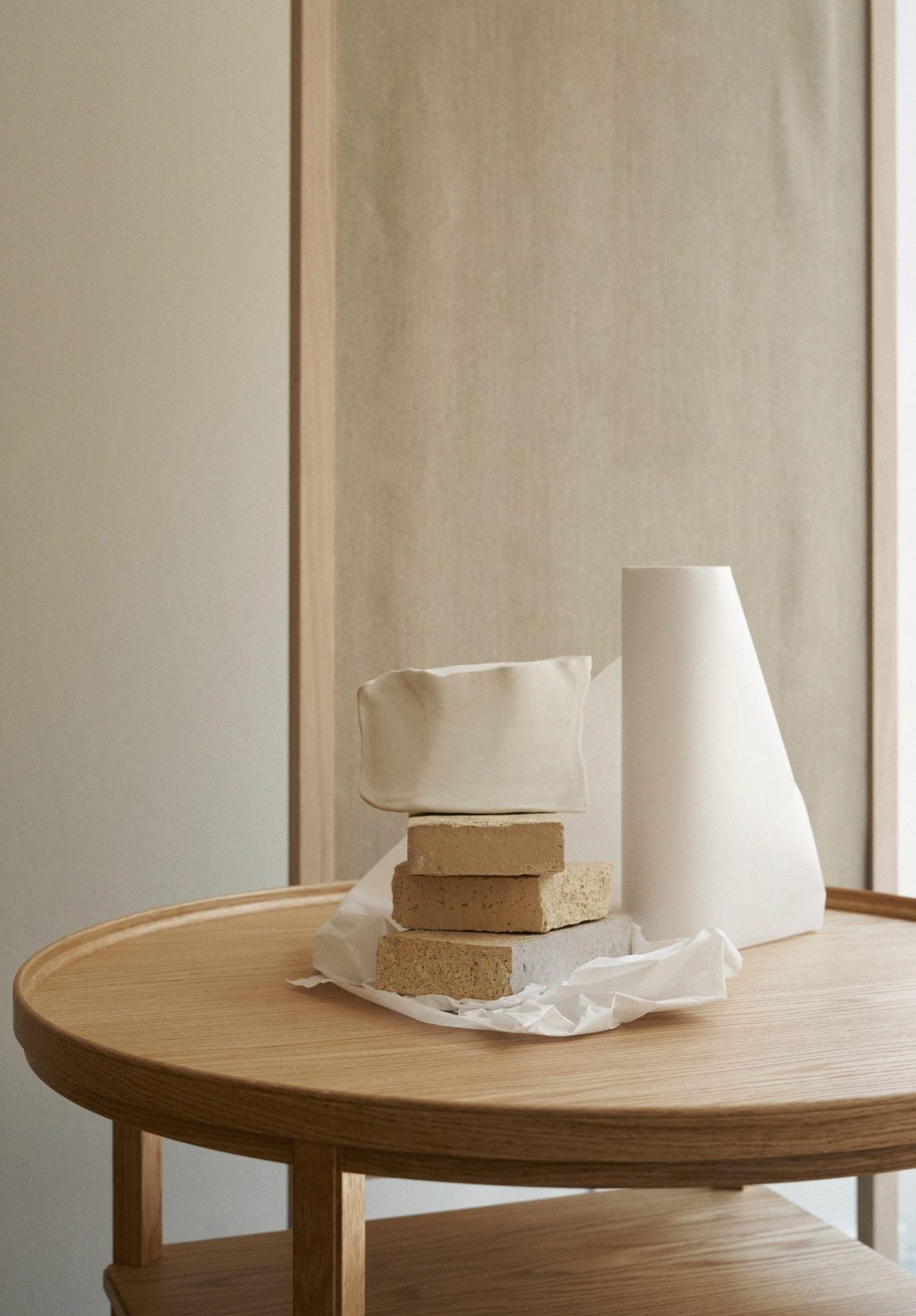 Carl Hansen & Søn
Carl Hansen & SønThe deep respect that Carl Hansen & Søn professes both for the material and for the final product, is perceived in each of their creations, in each of the spaces in which they recreate their universe, whether in their stores or in the imaginary drawn in catalogs and collaborations. Willing to transmit that care from generation to generation, on the occasion of 3DD, the firm set up a small wood workshop open to the public in one of its stores. That is precisely one of the objectives of the company today: the transmission of respect for the artisan trade and the importance of maintaining its legacy.
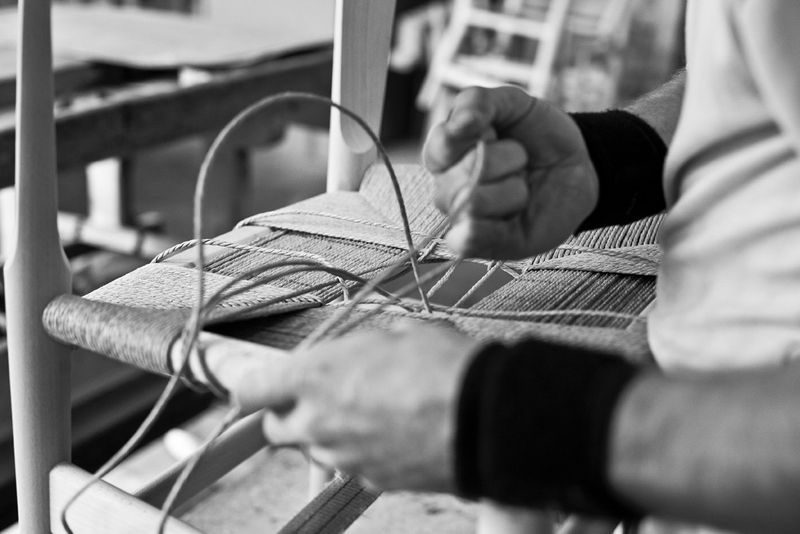 PP Møbler
PP MøblerAnd speaking of tradition, know-how and trade, the founder of PP Møbler, Ejnar Pedersen (1923-2020), was one of the great figures of the Danish modernist movement. Designs signed by Hans Wegner, Poul Kjærholm, Arne Jacobsen and Finn Juhl among others have gone through the PP Møbler workshop. The reins of the company were already, before Ejnar’s death in 2020, in the hands of his son Søren, who tries to keep his father’s teachings alive by creating extraordinarily unique pieces: “Our purpose is to do something so difficult that cannot be replicated”. It was precisely Ejnar Pedersen who worked in collaboration with Ivan Schlechter on Finn Juhl’s Chieftan Chair in 1949.
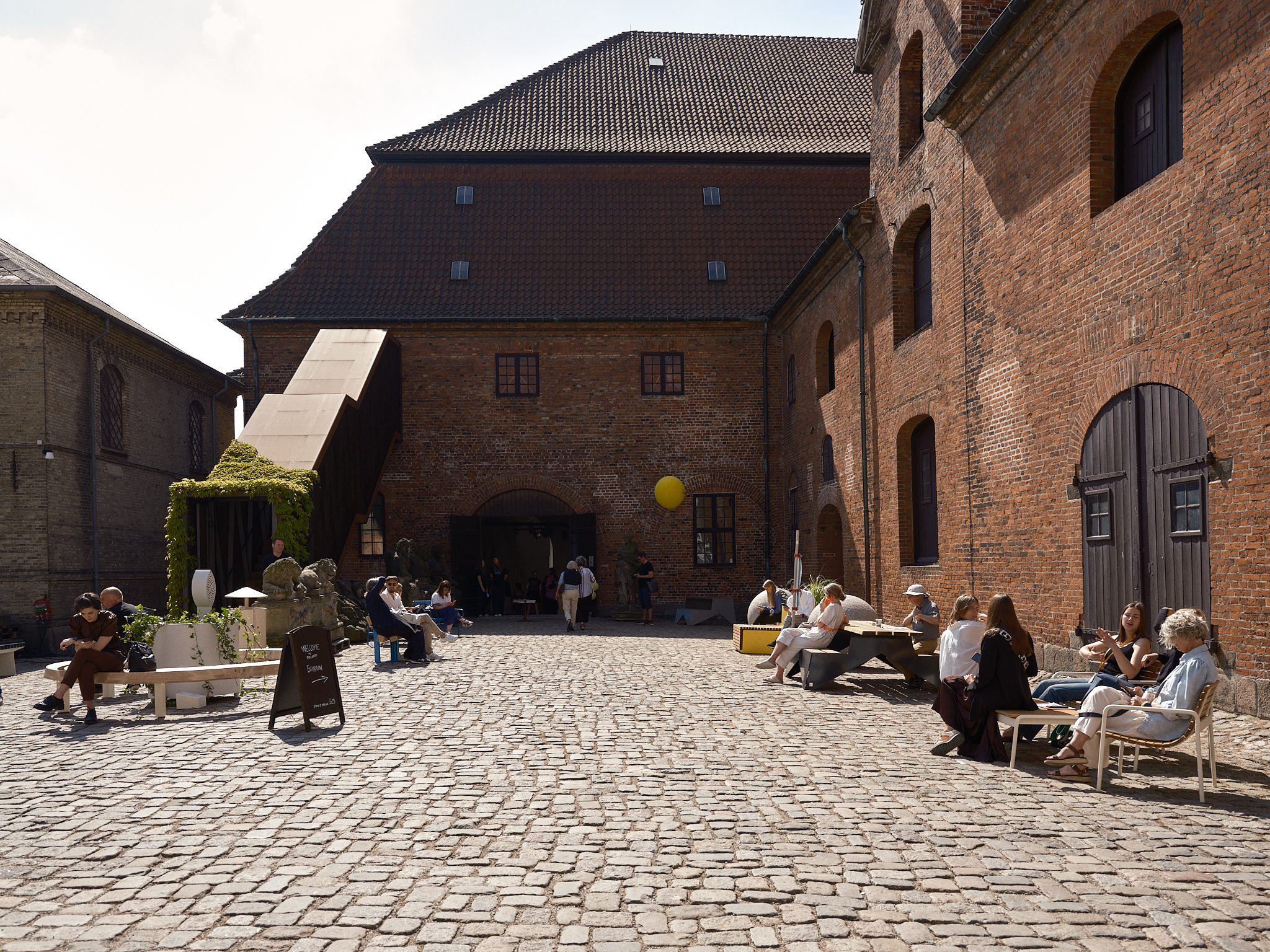
The creative community has always agreed to establish this piece as one of the most symbolic pieces of the house. The objective of the firm during 3DD was to value a not so praised model. The 77 Chair is probably Finn Juhl’s most atypical design, harkening back to the design language prevalent during the Bauhaus era. Finn Juhl placed an upholstered body on the steel legs of the chair, making the furniture appear to float and thereby violating the conservative principles of the Klint School. Now, House of Finn Juhl produces the new version on a solid blind frame in beech, upholstered and sewn by hand following the precepts of traditional textile or leather craftsmanship. Both the fixed seat and loose back cushions have sprung inserts, providing comfort and ensuring long-lasting durability.
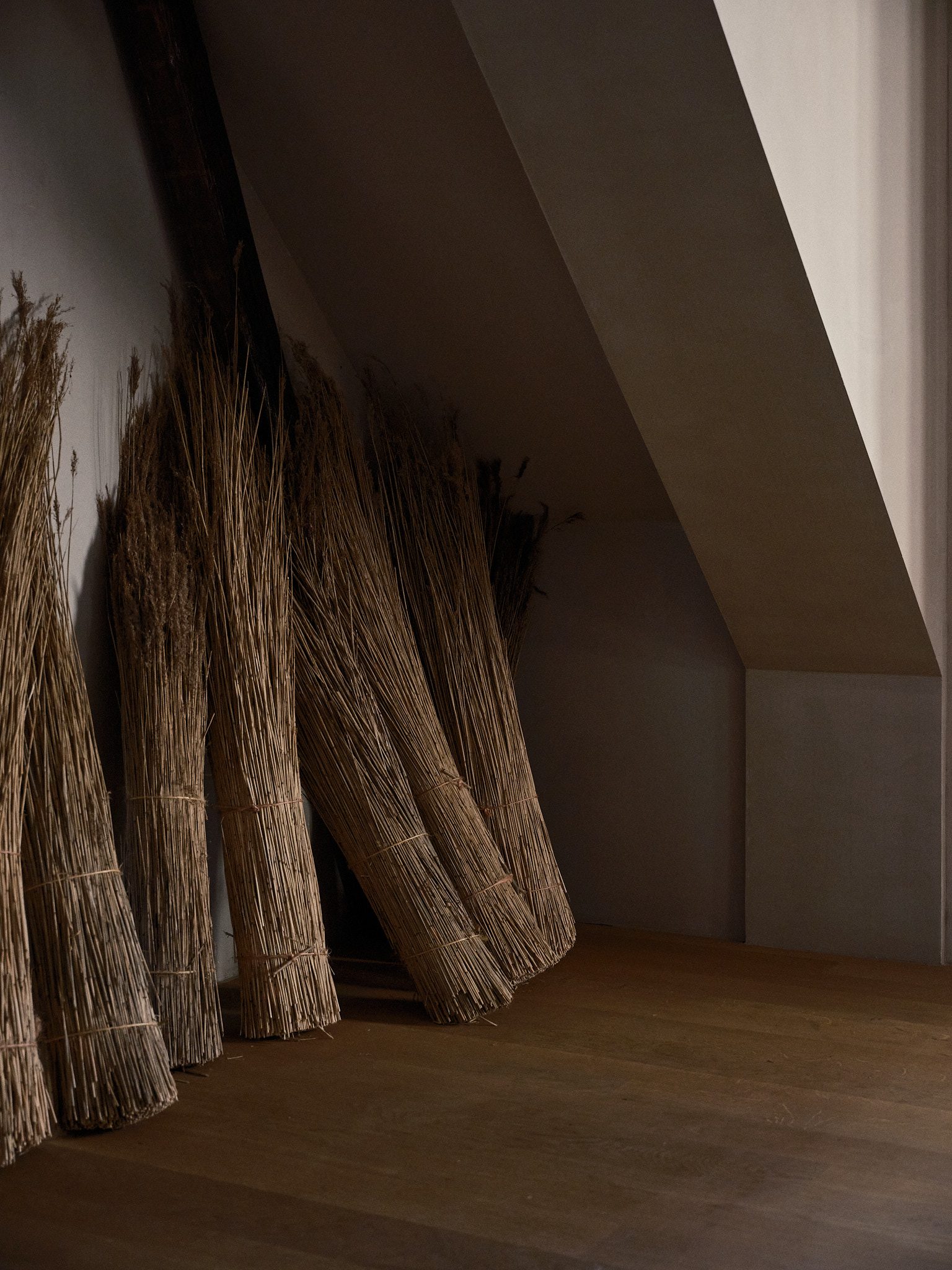
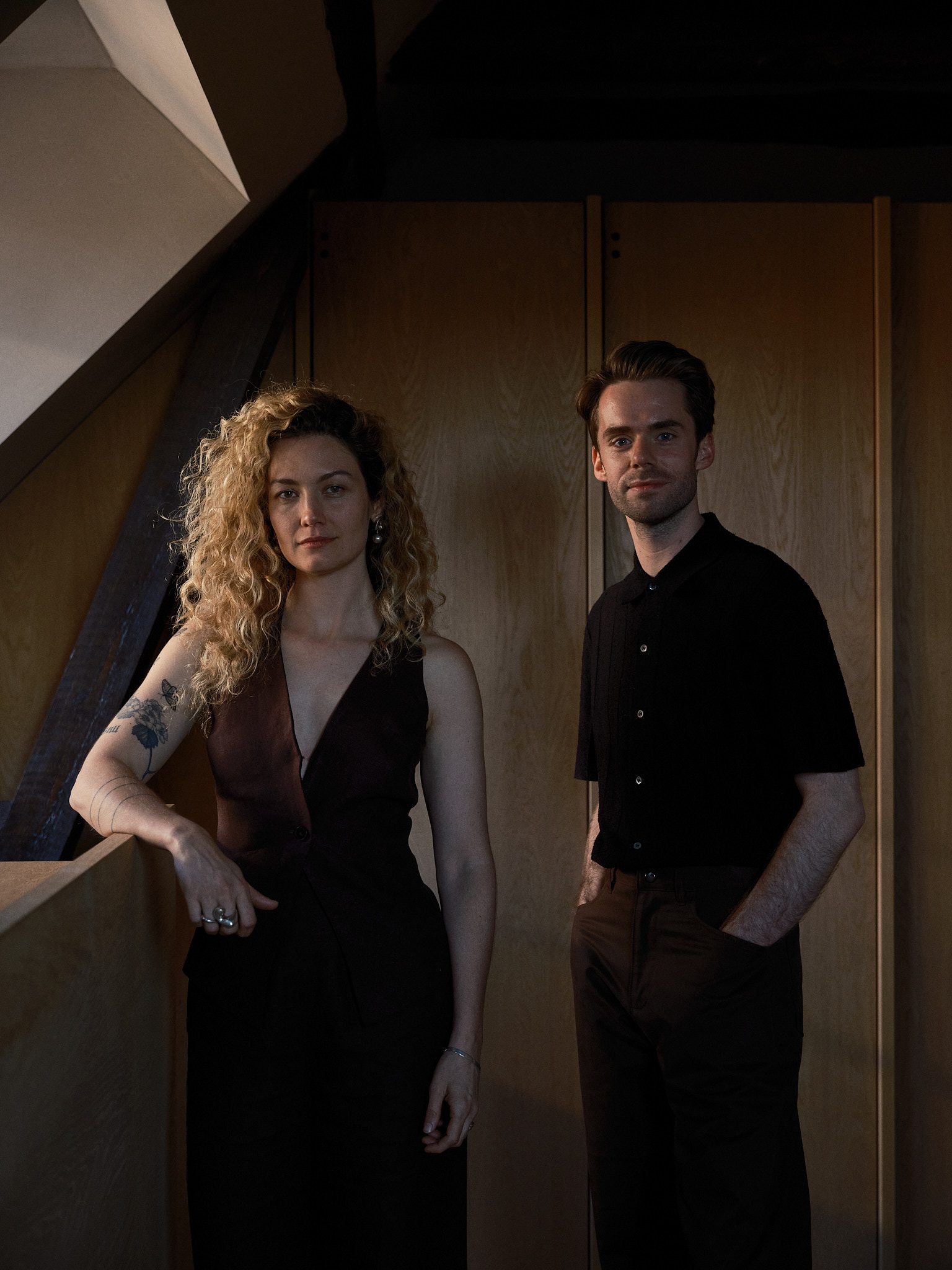 Alex Crowder and Colin King at The Audo
Alex Crowder and Colin King at The Audo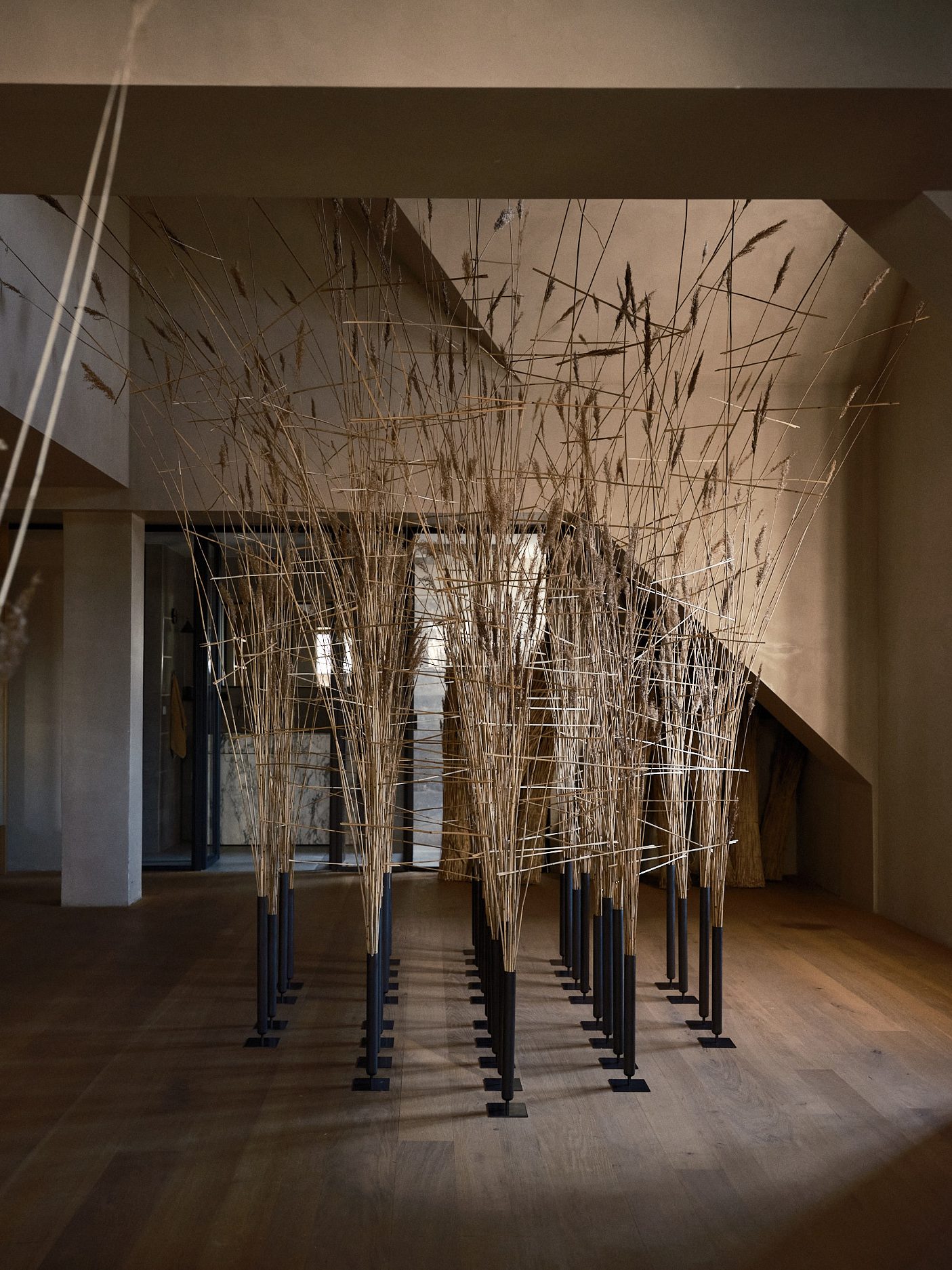
But it’s not all classics and tradition on the Danish scene. While many are still focused on the icons of the 20th century, there are minds thinking about the classics of the future. Among them, Niels Strøyer Christophersen, founder and creative director of FRAMA, stands out. Ideas sprout from the firm in each of the steps it takes, in each of the actions it carries out and in the range of products it has. His headquarters, half shop, half cafe, half home, half office and whatever it takes, is the expression of only a small part of the turmoil of ideas that Niels and his team are trying to channel. During 3DD, the brand presented IL MERCATO, an installation with which it underscores the importance of agricultural culture and local consumption as one of the principles on which values such as sharing or collaboration are based. And what does it have to do with design? Everything, because food is life, and life has everything to do with design.
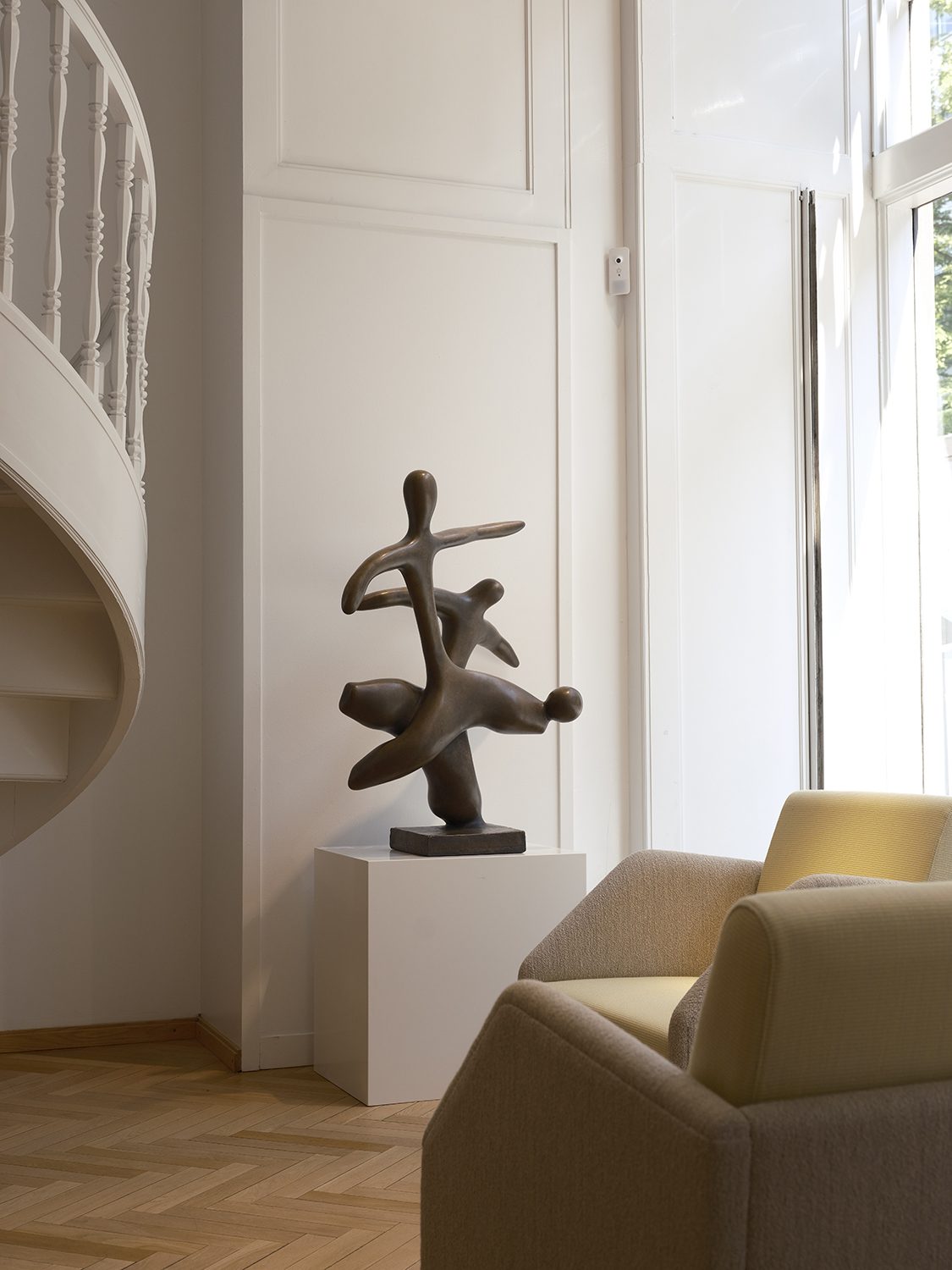 House of Finn Juhl
House of Finn Juhl House of Finn Juhl
House of Finn JuhlKarakter received us into a brand new space in the Carlsberg Byen area. The name of the Danish brand born in 2017, gives some clues of what Kim Mekawi and Christian Elving wanted by bursting into the market: “To break free from the Danish design tradition, to have no nationality. We are attracted to a cosmopolitan mindset and relish collaborating with creative people from across the world. We want the company to have character, hence the name.” So they have been on that path since then.
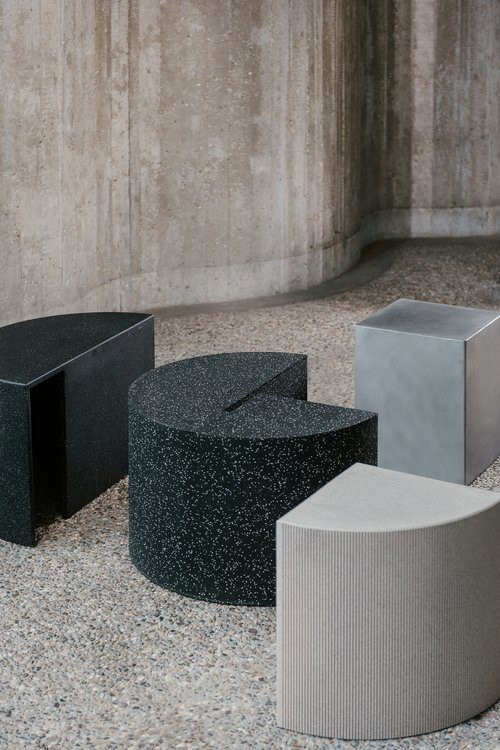 Studio Fuho
Studio Fuho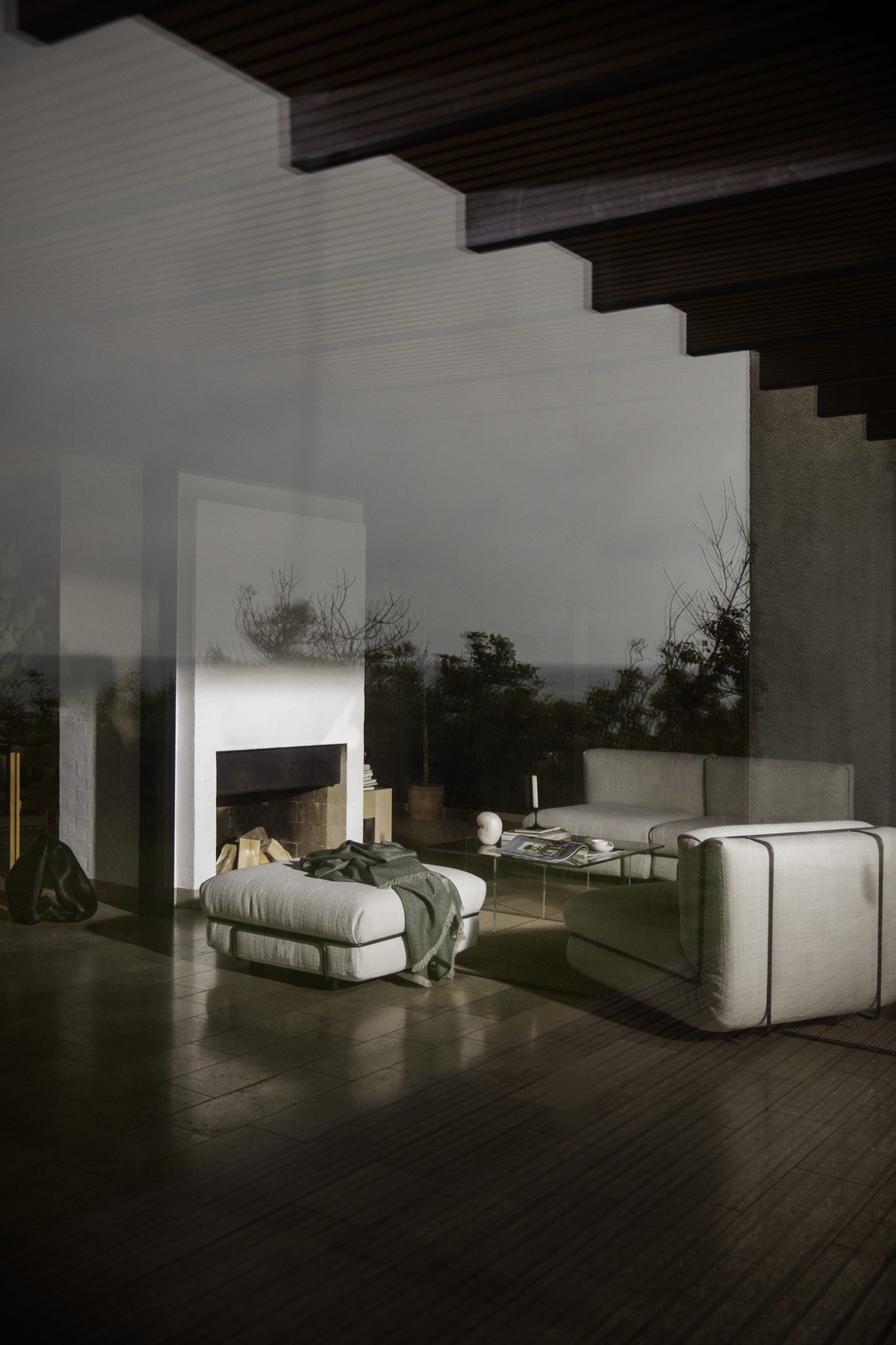 Karakter
Karakter Studio Fuho
Studio FuhoAmong the most interesting proposals that we discovered in 3 Days of Design, the Studio Fuho from Belgium stands out. Its Fragments collection speaks of an intelligent, functional and attractive design. A set of modules made of different materials that can accompany us in the many facets of our personality. As they say: “We live our lives fulfilling different roles depending on the situation. We are fragmented into versions ourselves. All of the fragments have their own weight, feel, since and function”. And it happens when architecture and design meet philosophy.
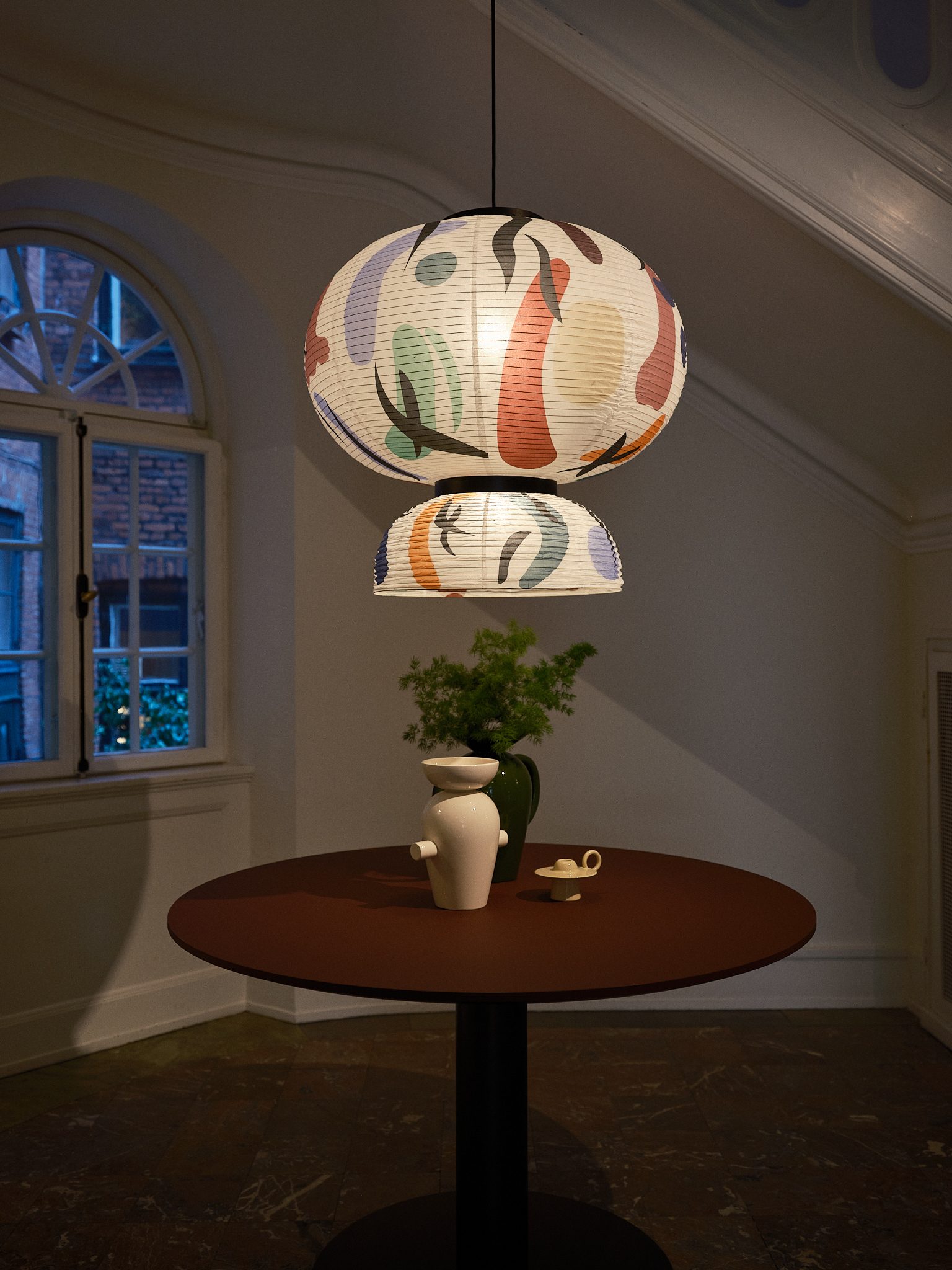 Jaime Hayon for &Tradition
Jaime Hayon for &Tradition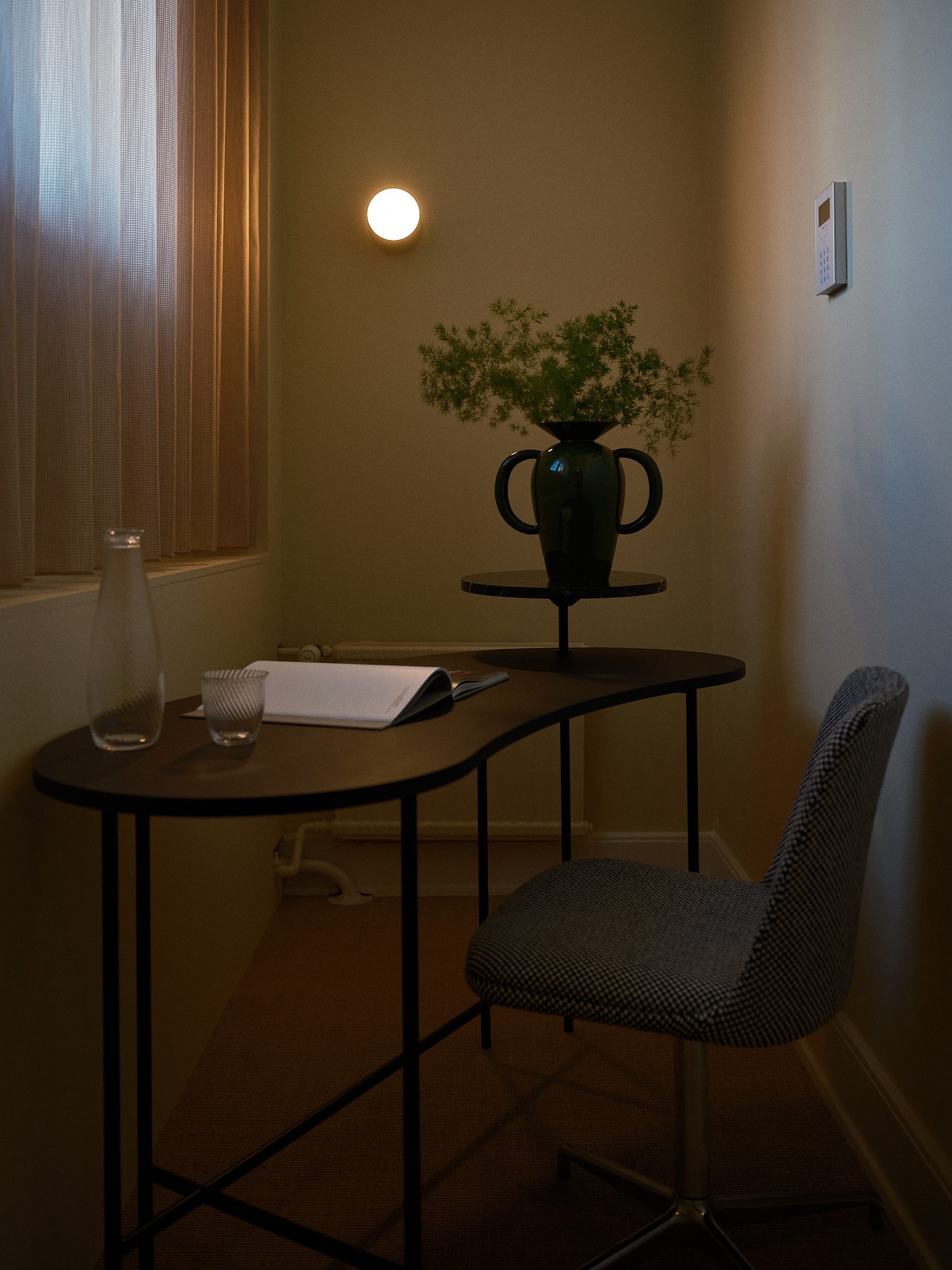 &Tradition
&Tradition &Tradition
&Tradition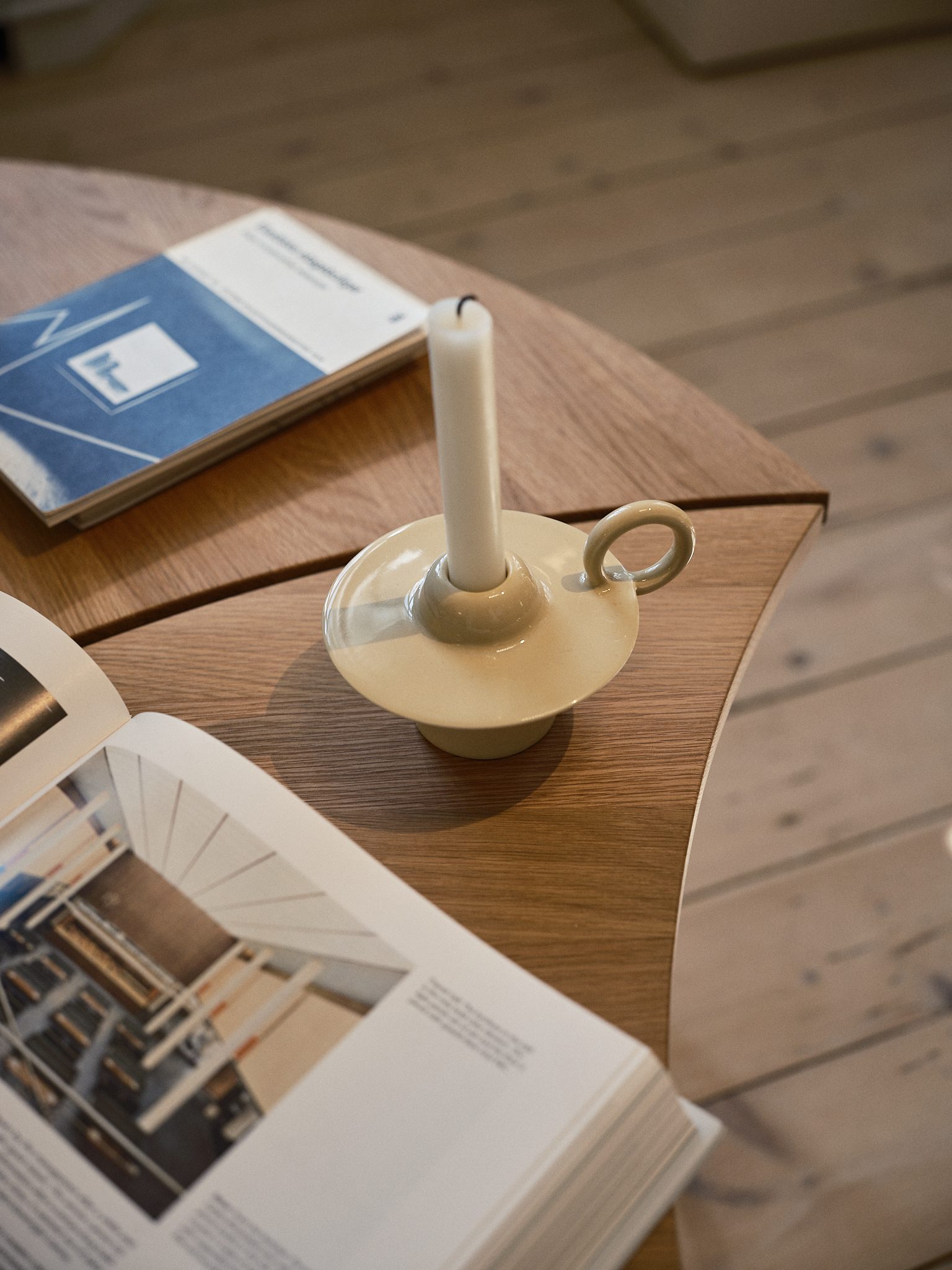 Jaime Hayon for &Tradition
Jaime Hayon for &TraditionIf we are talking about ideas, connecting industries and transversality in design, we are talking about Reform. The firm was born in 2014 from a revolutionary idea: to cover the skeleton of Ikea kitchens with finishes designed by the most acclaimed and daring creative studios from around the world. Its founders, Jeppe Christensen and Michael Andersen, two childhood friends, clung to the powerful concept of owning a designer kitchen at a more than reasonable price. ‘Atelier Collection’ was the name given to the installation presented during 3DD in which four artists and designers were invited to reinterpret four materials to create a series of handles. Nina Nørgaard, Yukari Hotta, Alberte Tranberg and Maria Bruun transformed an everyday object in glass, ceramics, metal and wood into something highly personal, exploring the tension between craft and industrial manufacturing.
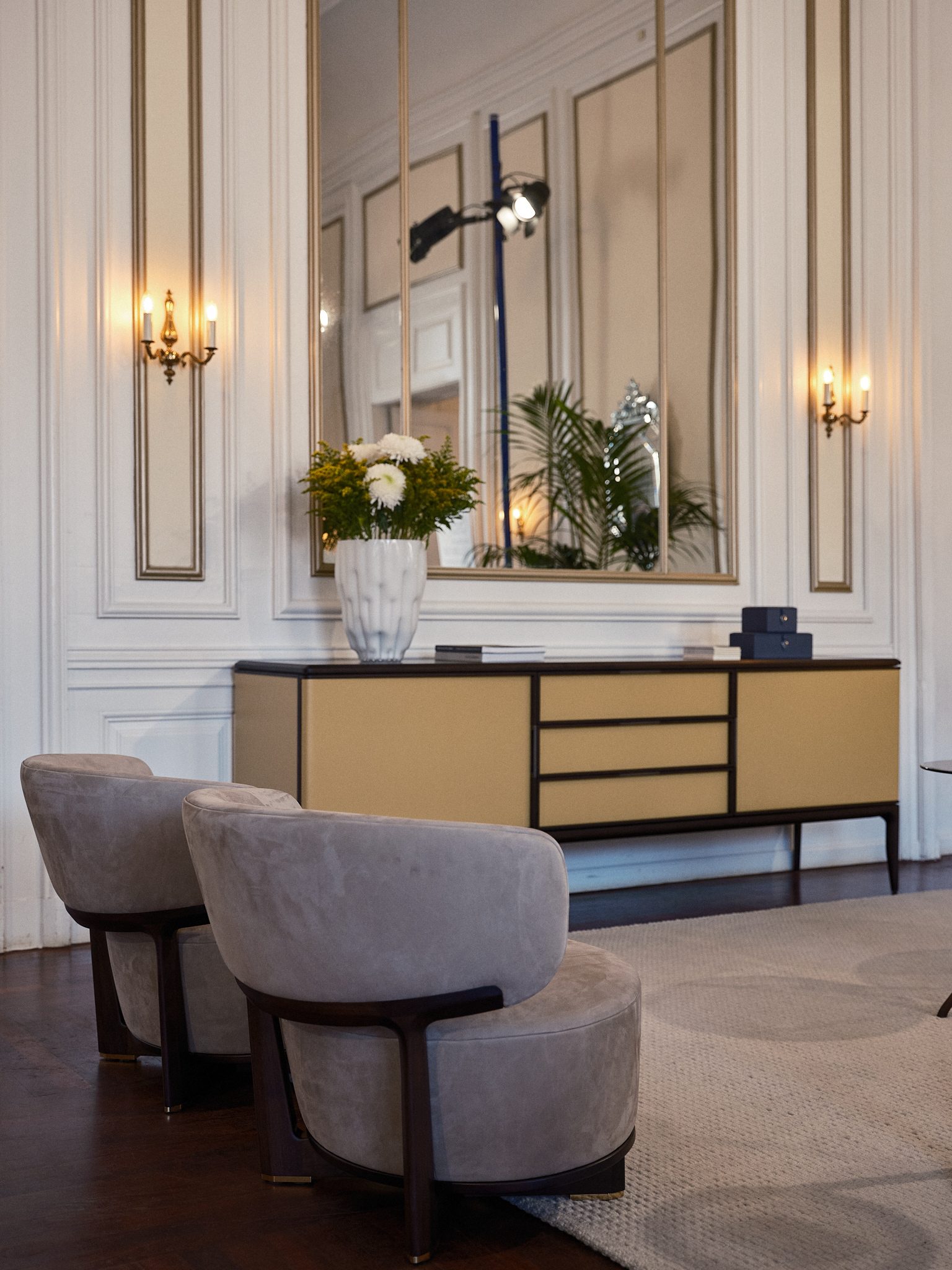 Poltrona Frau
Poltrona Frau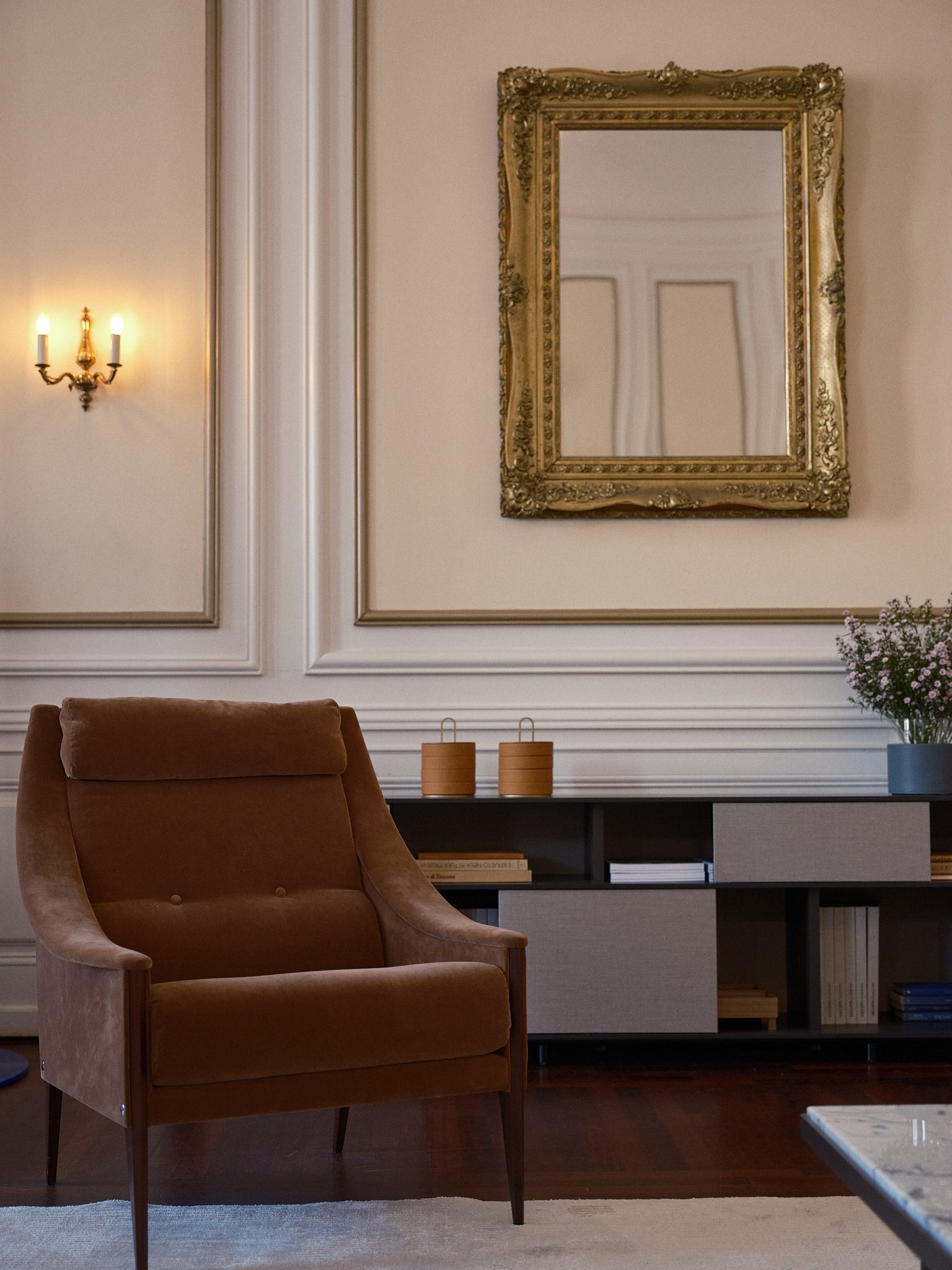 Poltrona Frau
Poltrona FrauIn the section on unique spaces where we were also lucky enough to dine: The Audo and &Tradition. Jaime Hayon was the great guest star of a stimulating and original dinner at &Tradition house led by chef Søren Westh. The creativity behind the dishes and the energy that the firm’s team gave to every detail in UNDER ONE ROOF, the installation designed as a 360° sensory exploration of the tenth anniversary of the brand, made the evening a memorable date. An atmosphere as relaxed and joyful as Hayon’s own designs, showcased inside the house in a space described as Surrealist Theatre, an immersive landscape with large figures, illustrated by Hayon as an imaginary framework for his latest pieces for the firm.
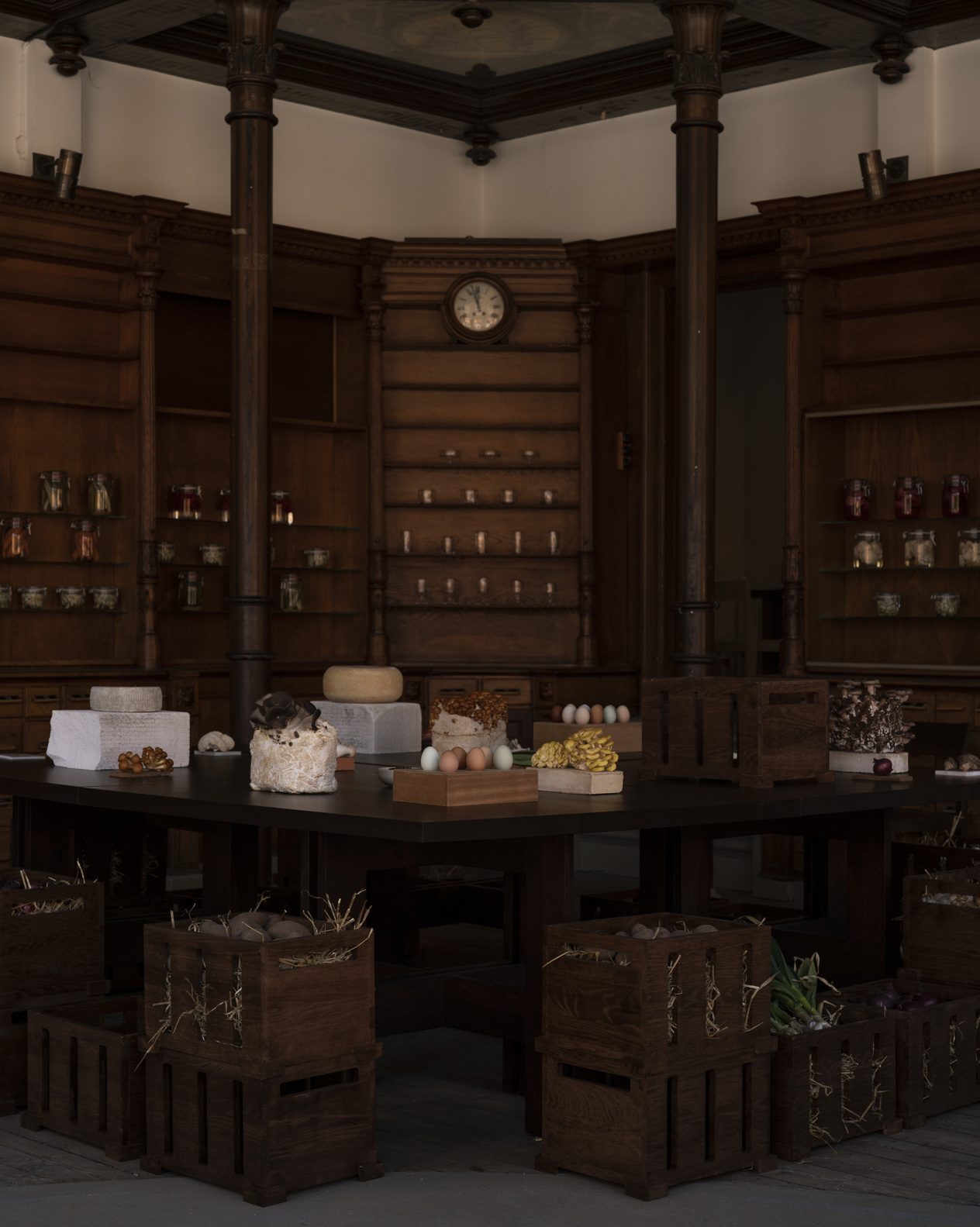
 'Il Mercato' at FRAMA
'Il Mercato' at FRAMA
The Audo has become a place of pilgrimage for lovers of good design. The real meeting point where we could enjoy the talent of Colin King, who presented his new book ‘Arranging Things’, a series of essays and images that try to elevate everyday spaces. Colin did not go alone to the appointment but with the floral artist Alex Crowder. Together, they created a sculpture made up of just a common reed, the phragmites australis, which transformed The Audo’s attic into an exclusive gallery just for their piece.
A staging not so far from the precepts set by New Works. The finishes on the pieces of the Danish brand really captivated our attention. Shapes and materials that made us want to sit down and have a cup of coffee while we bask in the intimate warmth of its collection. The classic timeless and comforting elegance.
 New Works
New Works 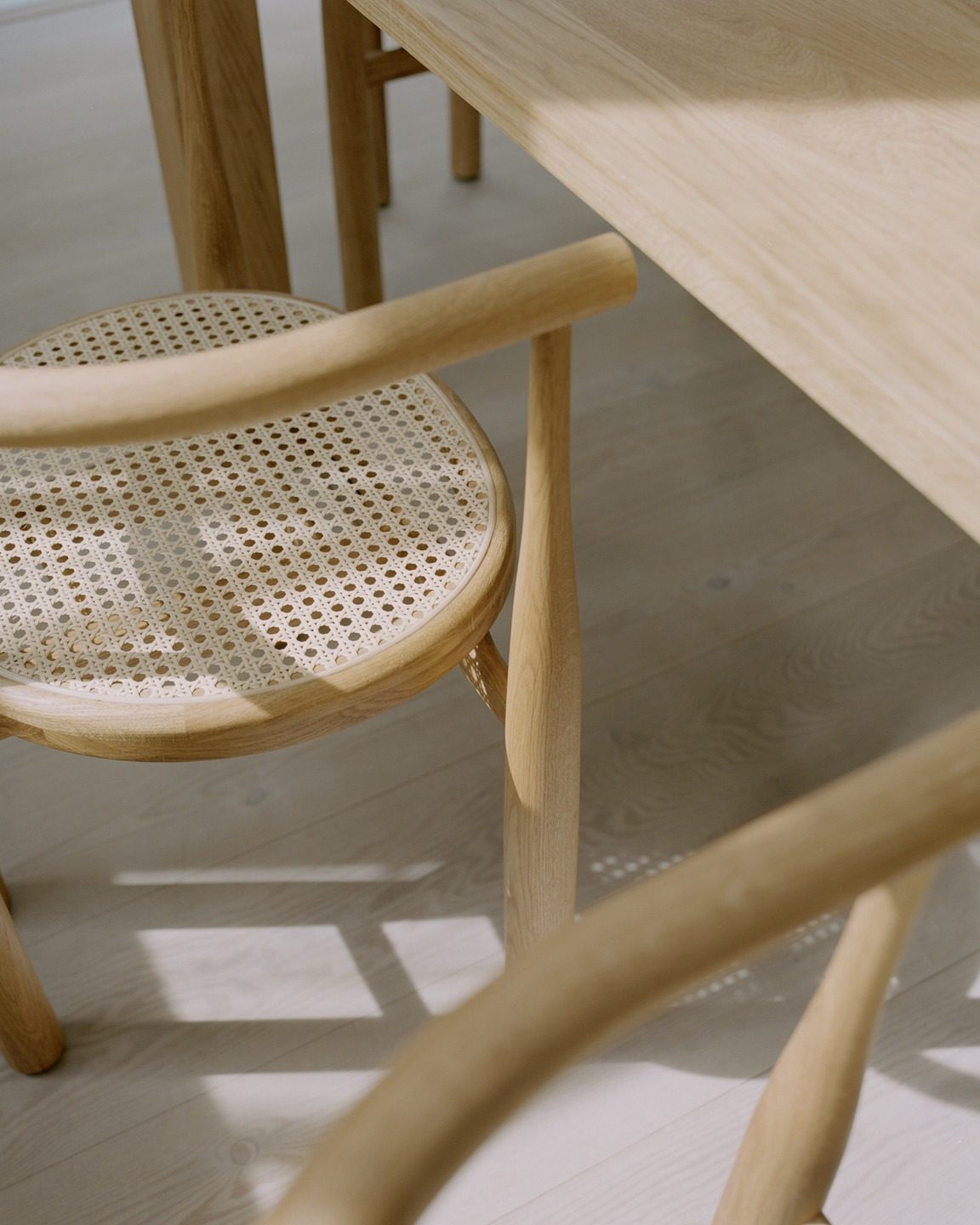 New Works
New Works 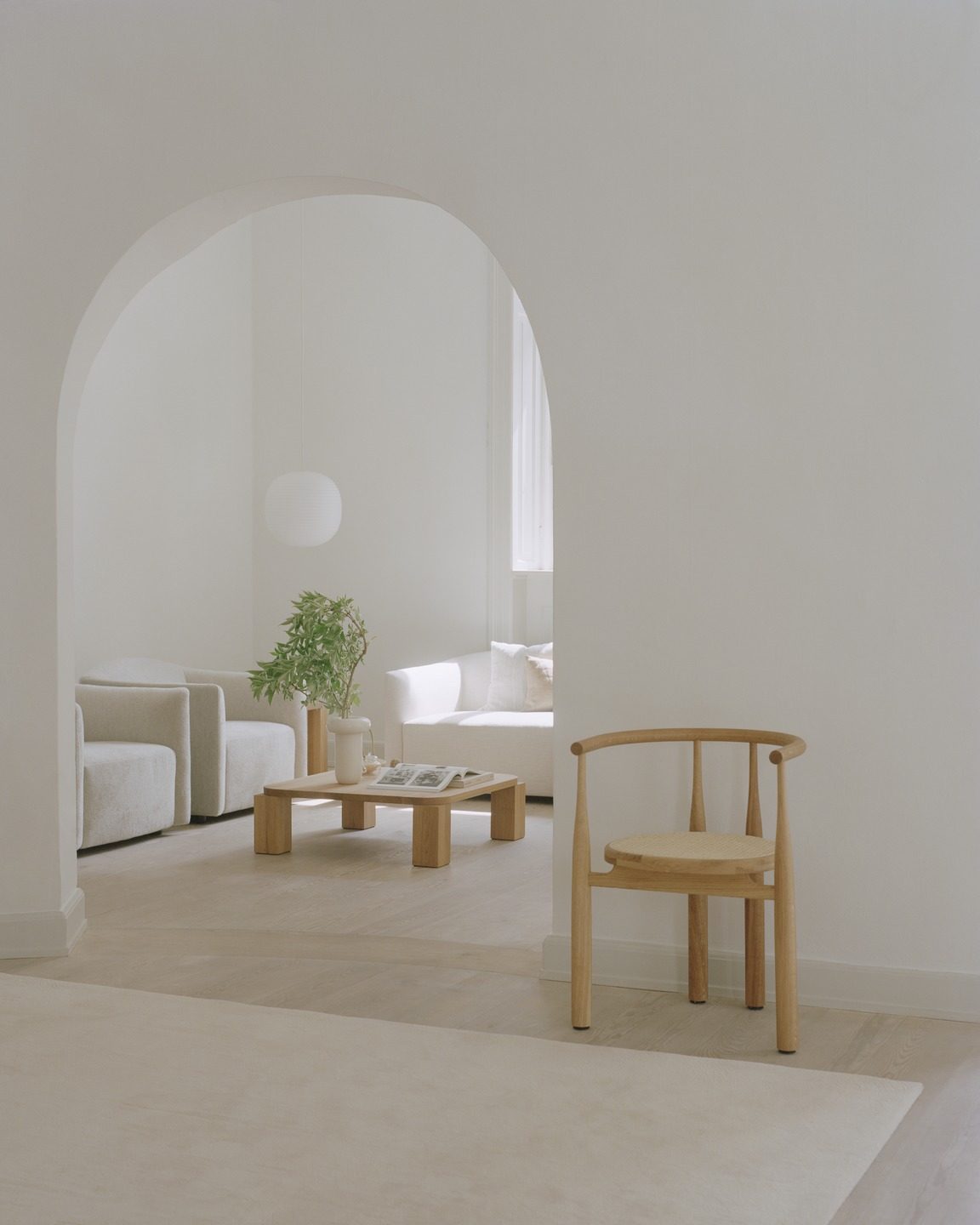 New Works
New Works One of the keys to having a wise design lies in the quality of the material. The creators know this but it is not always easy to find the right provider. The American Hardwood Export Council (AHEC), the premier international trade association for the US lumber industry, advocates raising awareness of the excellent quality of red oak, cherry and maple of the States. To present themselves to the 3DD audience, they invited three artists to create a work with this raw material. In the name of Three, the installation was conceived as a sample of the possibilities that these woods have as sustainable materials: “The slogan was that each designer explored the material with which she worked and let this process influence the creative result of the way that I wanted”, explained David Venables, director of AHEC Europe. Danish designer Anne Brandhøj with the cherry tree, Pia Högman from Sweden through the use of birch bark, and Anna Maria Øfstedal Eng with the maple, shaped a trio of extraordinary pieces on the border between functional design and sculptural art. Design understood as art where matter and form become means of expression.
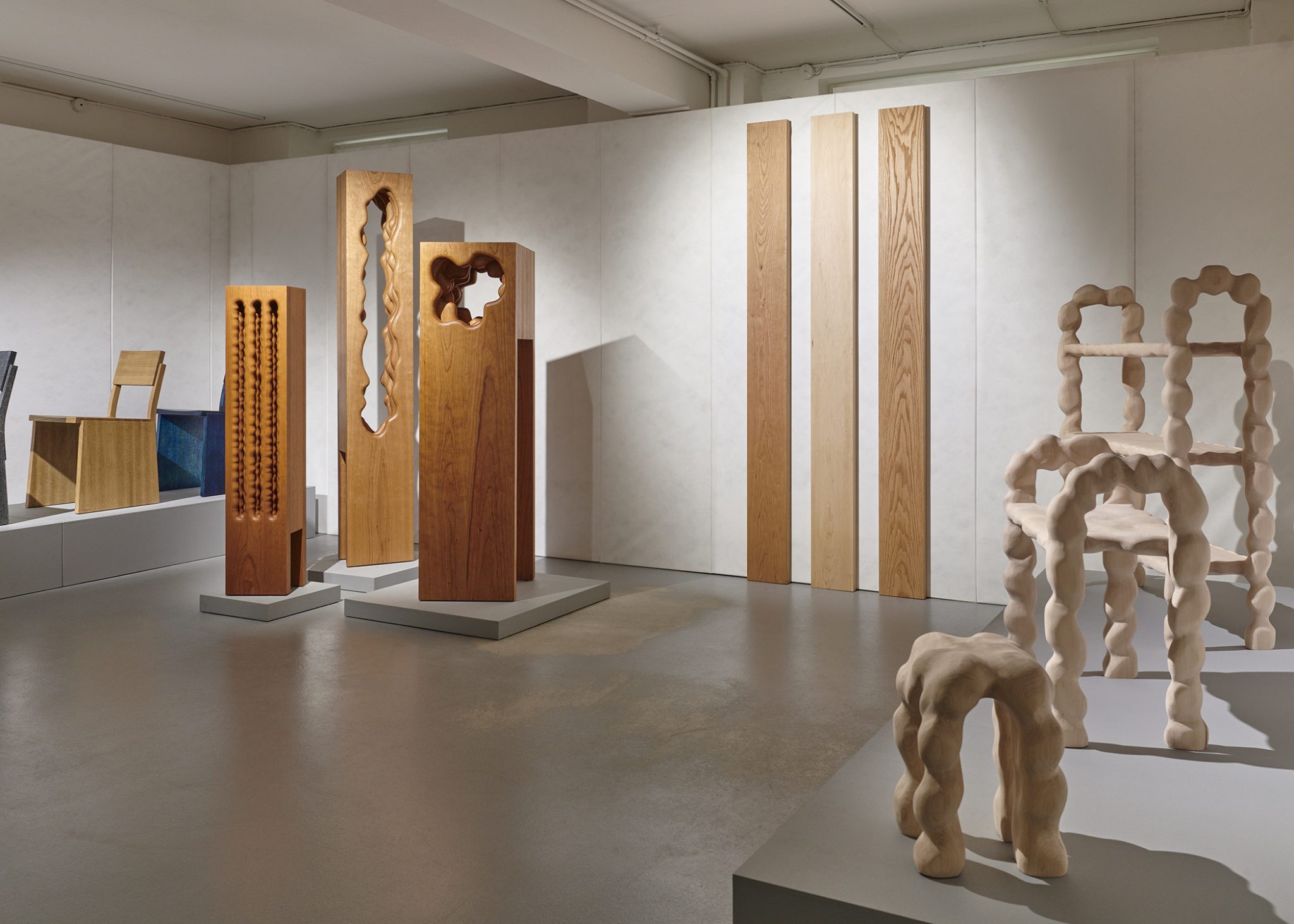 AHEC
AHECFestivals serve to make new friends but also to meet those you haven’t seen for a long time. De la Espada is one of the home furnishing companies that accompanied Openhouse in its early days. Founded in 1993 by Luis De Oliveira and Fátima De La Espada, from Porto and Madrid respectively, they opened their first store in London in 1996 as makers of their own collections and, since 2007, they have been working in collaboration with designers from all over the world. They were not the only ones we had the chance to meet again. Gubi and Muuto are also part of the list of names we always want to see because they will never let you down.
 De la espada
De la espada De la espada
De la espadaThe excitement level was already high enough when we came across the names of Koyori and Karimoku. The extreme sensitivity of the treatment that can be seen in each of their pieces is easily perceptible by the human eye, so I will not dwell on it. Yes I will in these brands’ polite manners. In regards to Karimoku, as a faithful companion in the presentation we made during the festival of our last issue at the New Mags Bookshop.
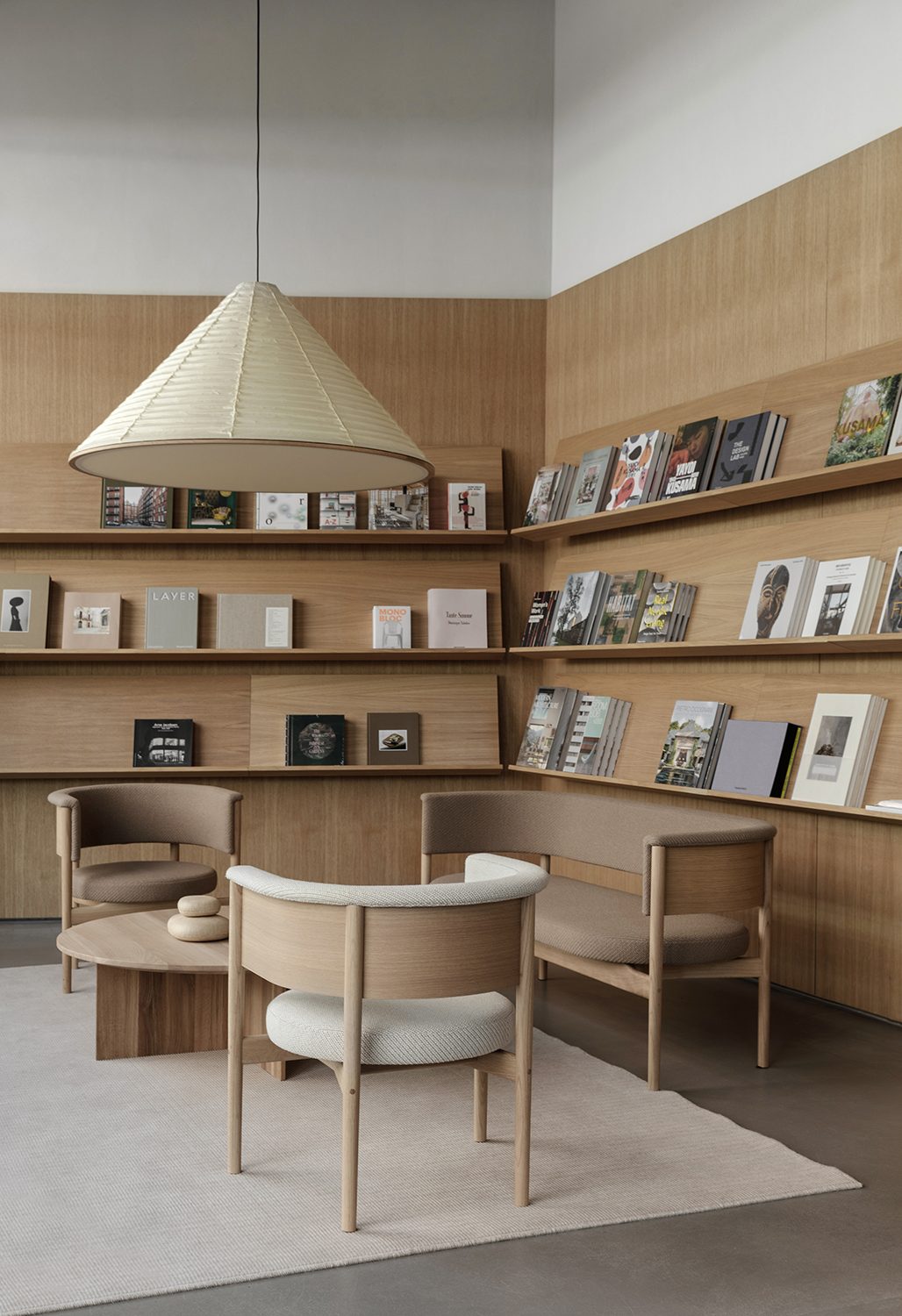 Karimoku Exhibition at Newmags
Karimoku Exhibition at Newmags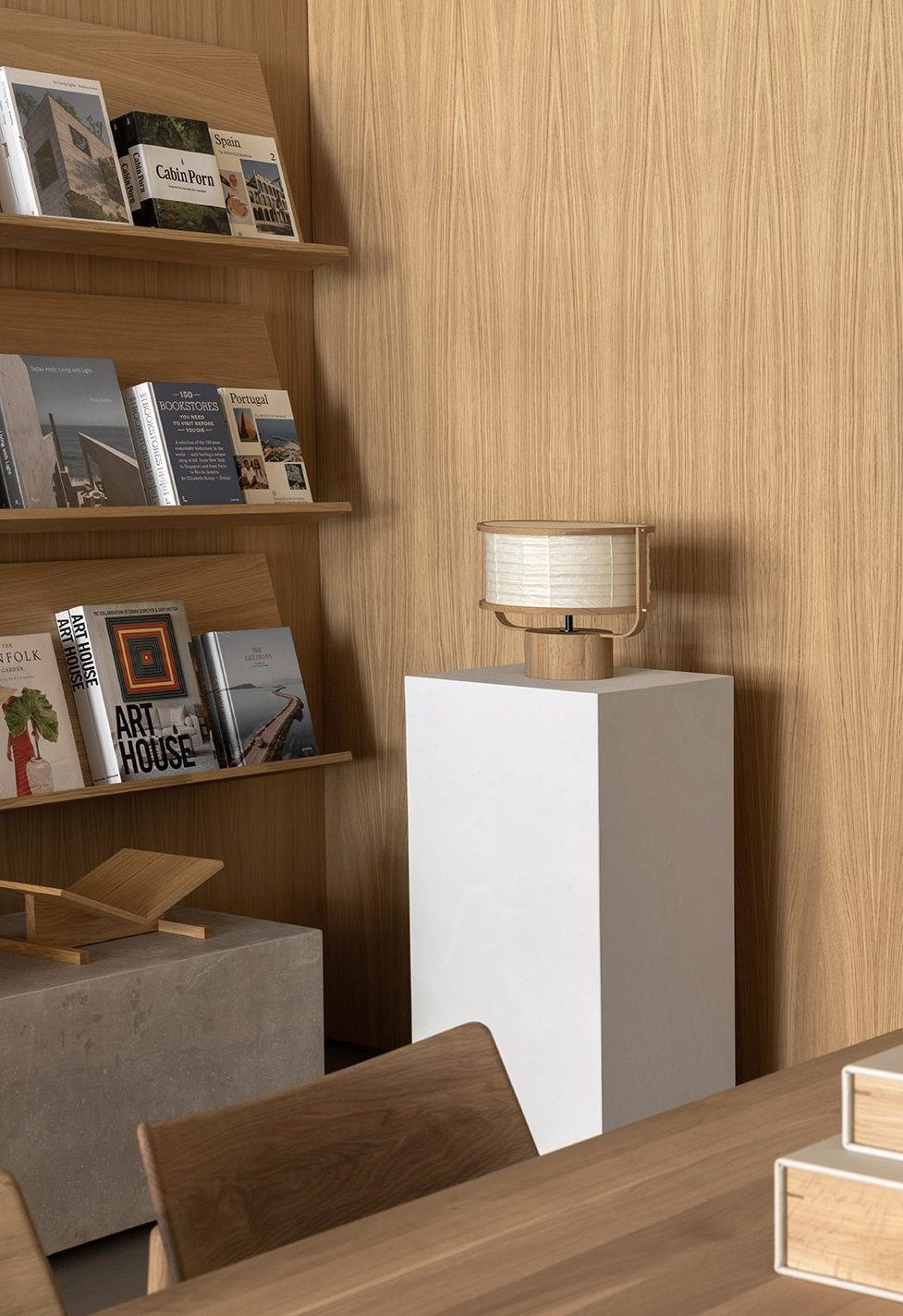 Karimoku Exhibition at Newmags
Karimoku Exhibition at Newmags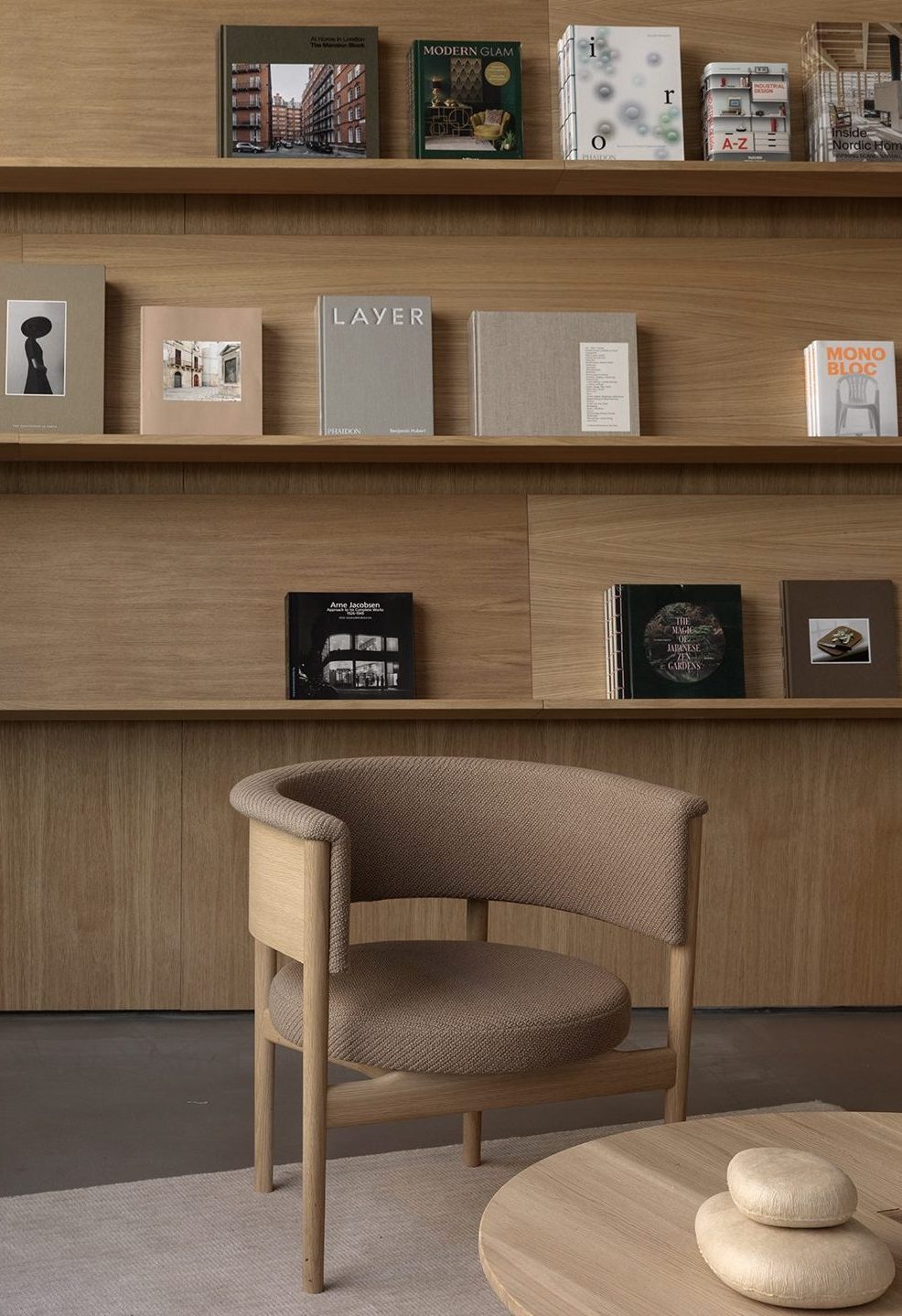
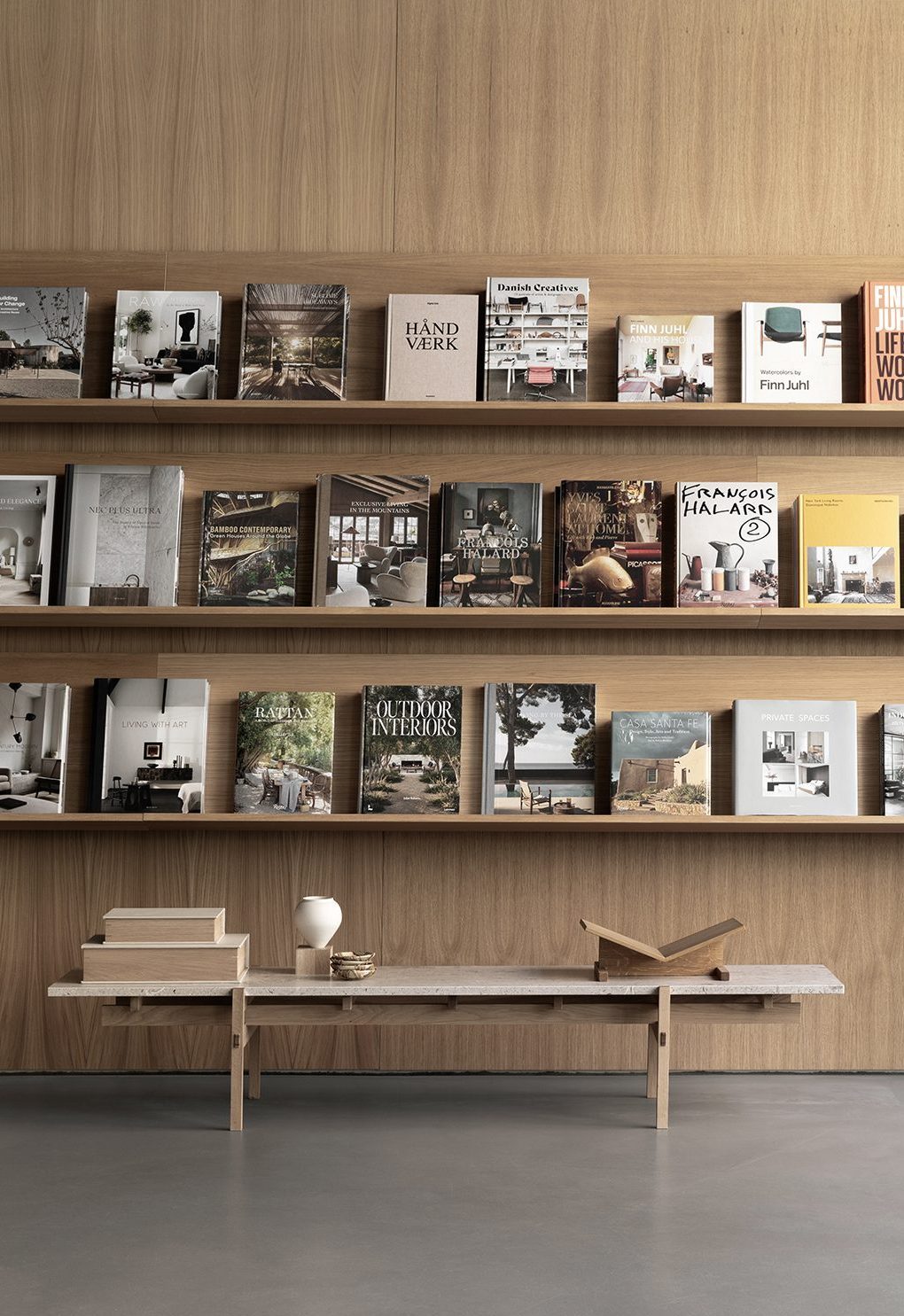
In Koyori’s case, the collaboration with designers Ronan and Erwan Bouroullec speaks for itself of the excellence they seek to achieve in their collections. For Ronan Bouroullec, with whom we shared a table at the dinner organized by the firm, the deep wisdom of Japanese artisans has no competition due to its ancestral character. The Kawara Armchair and the Nei Table in its two versions pay tribute to that wisdom. Both are already part of my particular obsessions. Happy though.
 Koyori
Koyori








